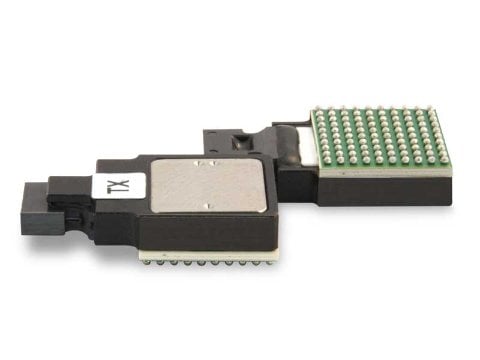- Configurable design, large tooling catalog, molding, machining, 3D printing, and assembly automation deliver best-in-class quality, price, and lead times.
- An extensive catalog of standard components provides field-tested designs.
- Double-latching clamshell provides ease of use during operation for high pin count applications.
- Thermal and electrical simulation, Monte Carlo and FEA all ensure the delivery of out-of-the-box solution.
Feature Options
- Spring loaded plunger
- Heat sink
- HAST venting features
- Integrated thermal control with heater and sensor
- Reverse seating plane
- Maximum component clearance under the DUT
- High temperature materials for above 200 °C applications






